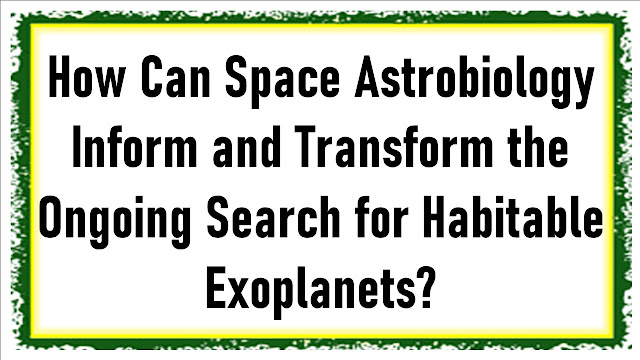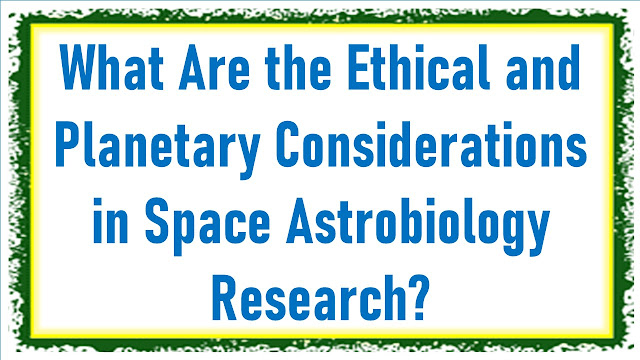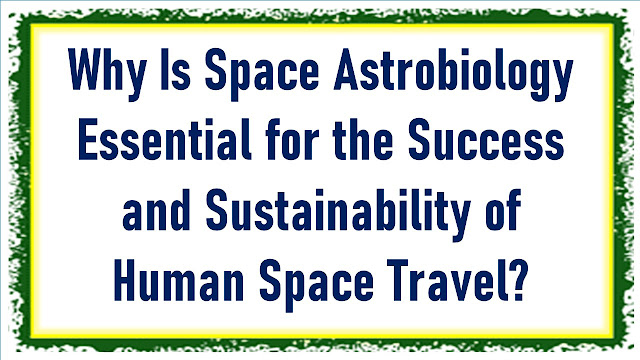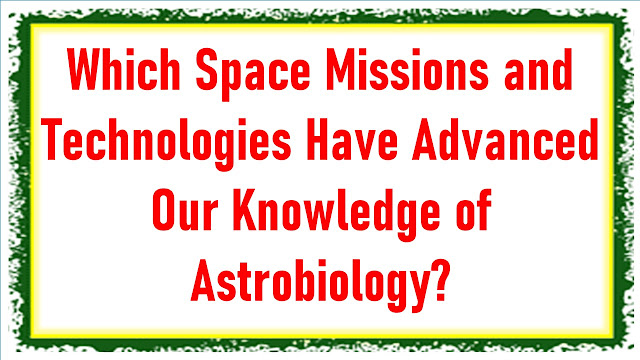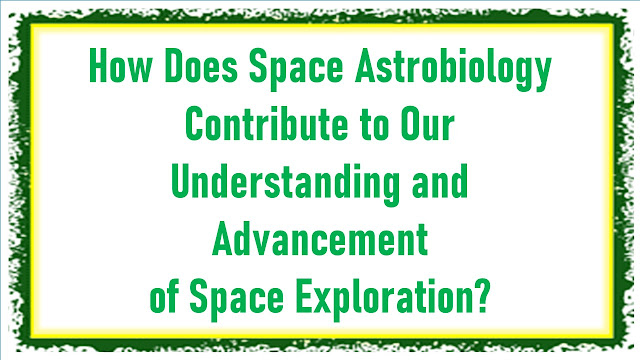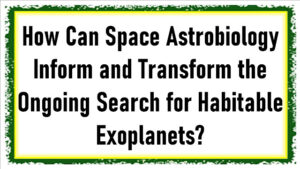
Introduction.
In this article, I’ll explore the fascinating realm of space astrobiology and its pivotal role in reshaping our quest for habitable exoplanets. The search for extraterrestrial life has long captured the human imagination, and recent advancements in space exploration have brought us closer than ever to unraveling this cosmic mystery. Astrobiology, the interdisciplinary field that combines astronomy, biology, chemistry, and geology, offers profound insights into the potential habitability of distant worlds beyond our solar system.
As we stand on the cusp of a new era in space exploration, it is imperative to understand how the principles of astrobiology can guide our efforts to identify, characterize, and ultimately discover habitable exoplanets. By examining the conditions necessary for life as we know it and the extremophiles thriving in harsh environments on Earth, we can expand our horizons and refine our search strategies. Join me on this enlightening journey as we delve into the synergistic relationship between space astrobiology and the ongoing exploration of exoplanets, poised to reshape our understanding of life beyond Earth.
- Origins of life and habitability in the universe.
- Extreme environments as analogs for exoplanet conditions.
- Bio-signature detection techniques and technology advancements.
- Insights into the potential for panspermia and interstellar life.
- The role of planetary and stellar factors in habitability.
- Ethical considerations in the search for extraterrestrial life.
Origins of life and habitability in the universe.
The study of space astrobiology sheds light on the fundamental question of how life began and thrived in the universe. By examining extreme environments on Earth, such as hydrothermal vents and acidic lakes, scientists gain insights into the conditions necessary for life to emerge and persist. These insights are crucial for identifying potentially habitable exoplanets, as they help define the range of conditions under which life could exist.
Space astrobiology explores the role of organic molecules, chemical reactions, and environmental factors in the formation of life. Understanding these processes allows researchers to refine their criteria for habitability when assessing exoplanets. It informs the ongoing search by helping scientists pinpoint celestial bodies that are more likely to support life based on their similarity to Earth’s early conditions.
Additionally, the study of astrobiology fosters a deeper appreciation for the uniqueness of Earth as a habitable planet. This knowledge underscores the need to protect and preserve our planet while motivating the search for habitable exoplanets, as it highlights the potential rarity of life-sustaining environments in the vast universe.
Extreme environments as analogs for exoplanet conditions.
Space astrobiology involves investigating extreme environments on Earth that mimic conditions found on other planets and moons. These environments, such as the acidic pools of Rio Tinto or the frozen lakes of Antarctica, serve as analogs for exoplanet conditions. By studying life in these harsh settings, scientists gain insights into how life might adapt and survive on distant celestial bodies.
The research conducted in extreme environments helps identify potential bio-signatures, which are chemical or physical markers of life that can be detected remotely on exoplanets. This knowledge informs the development of instruments and techniques for assessing the habitability of exoplanets from afar. For example, if microbes can thrive in highly acidic environments on Earth, it suggests that similar extremophiles might exist on exoplanets with acidic conditions.
Moreover, studying extreme environments as analogs for exoplanet conditions aids in refining the criteria for habitability. It informs scientists about the limits of life’s adaptability and resilience, enabling them to better assess the potential habitability of exoplanets with extreme and diverse environments.
Bio-signature detection techniques and technology advancements.
Space astrobiology plays a pivotal role in advancing the technology and techniques used to detect bio-signatures on exoplanets. Bio-signatures are key indicators of life, such as the presence of certain gases (e.g., oxygen and methane) or unusual chemical compositions. As researchers uncover new bio-signatures in extreme environments on Earth, they develop innovative methods for detecting them in distant worlds.
Recent technological advancements in spectroscopy, for instance, have enabled scientists to analyze the atmospheres of exoplanets and search for bio-signature gases. This includes the development of instruments like the James Webb Space Telescope, which promises to revolutionize the search for habitable exoplanets by providing unprecedented capabilities for characterizing their atmospheres.
Space astrobiology informs the ongoing search for habitable exoplanets by pushing the boundaries of what can be detected and analyzed from afar. It encourages interdisciplinary collaboration between astronomers, chemists, biologists, and engineers, leading to breakthroughs in the field of exoplanet exploration and increasing the likelihood of finding extraterrestrial life.
Insights into the potential for panspermia and interstellar life.
Space astrobiology explores the possibility of panspermia, the theory that life could be transported between celestial bodies through comets, meteorites, or interstellar dust particles. By studying extremophiles on Earth and their resilience in space, researchers gain insights into the potential for microorganisms to survive long journeys through the cosmos.
Understanding the mechanisms of panspermia informs the search for habitable exoplanets in two ways. First, it suggests that life may not need to originate independently on each celestial body, increasing the likelihood of finding life elsewhere. Second, it raises the possibility that life on Earth may have extraterrestrial origins, further emphasizing the interconnectedness of the universe.
The role of planetary and stellar factors in habitability.
Space astrobiology investigates how planetary and stellar factors influence a celestial body’s habitability. This includes studying the impact of a planet’s size, distance from its star, and the composition of its atmosphere on its potential to support life. By analyzing these factors in the context of known exoplanets and extreme environments on Earth, researchers can identify exoplanets with conditions conducive to life.
For example, the habitable zone, also known as the Goldilocks zone, is the region around a star where conditions are just right for liquid water to exist on a planet’s surface. Space astrobiology informs our understanding of the habitable zone and its boundaries, helping scientists narrow down the list of exoplanets worth investigating further.
Additionally, research in this area contributes to the development of models and simulations that can predict the habitability of exoplanets based on their physical properties. This predictive capability is essential for optimizing resources and selecting targets for future space missions.
Ethical considerations in the search for extraterrestrial life.
The quest for habitable exoplanets and the potential discovery of extraterrestrial life raises important ethical questions. Space astrobiology encourages discussions about how we should approach and interact with potential life forms beyond Earth. It prompts us to consider the ethical implications of contamination, preservation, and responsible exploration in space.
Ethical considerations also extend to the societal impact of discovering extraterrestrial life. Space astrobiology informs the development of protocols for communicating with potential extraterrestrial intelligences and how to handle the implications of such discoveries on Earth’s culture and society.
Moreover, it underscores the need for responsible exploration and sustainable practices in space, as our actions could have far-reaching consequences for any life we encounter. Space agencies and organizations around the world are increasingly recognizing the importance of ethical guidelines in the pursuit of astrobiology and the search for habitable exoplanets.
Conclusion.
I hope this discussion has shed light on the pivotal role of space astrobiology in shaping our quest for habitable exoplanets. In conclusion, the integration of astrobiology with space exploration has the potential to revolutionize our understanding of habitability beyond Earth. By studying extremophiles on our own planet and extrapolating these findings to exoplanetary environments, scientists can refine their criteria for habitability and narrow down the search for extraterrestrial life.
Moreover, space missions like the James Webb Space Telescope promise to scrutinize exoplanetary atmospheres, potentially revealing biosignatures and increasing our chances of detecting alien life. The interdisciplinary nature of space astrobiology, combining biology, chemistry, physics, and astronomy, positions it at the forefront of our cosmic exploration. As we continue to unravel the mysteries of the universe, space astrobiology remains a beacon of hope, offering insights that may one day lead us to the profound discovery of habitable worlds and perhaps even life beyond Earth.






